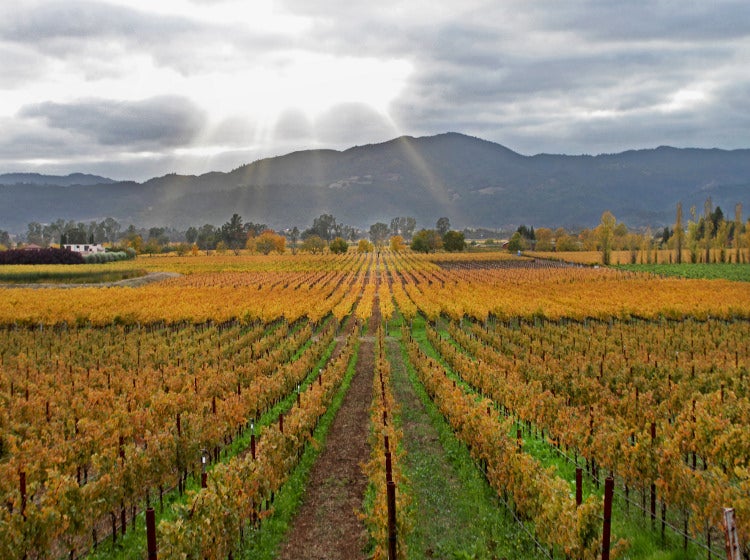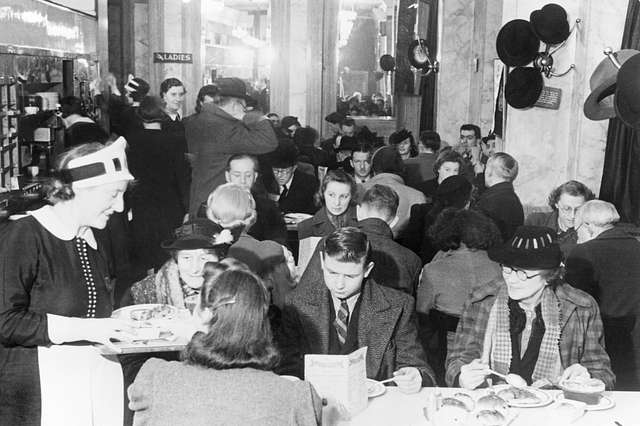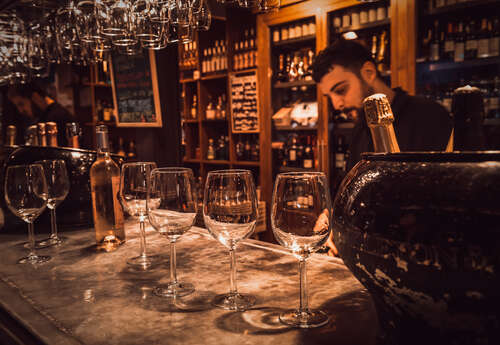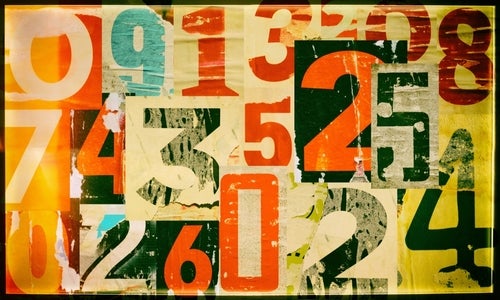
Asking winemakers in warm climates whether or not they acidify their wines is like asking writers if they use a thesaurus. It’s generally assumed that they do — but who is going to admit it? Acidification, or Acidulation — the practice of adding acid to the grape must, the fermenting juice, or as a last resort, the finished Wine — is one of the most common interventions used in Napa Valley, and yet it is also one of the least talked about. As viticulture is becoming more fine-tuned and the best vineyard sites are being identified, many winemakers are realizing that Napa Valley has the potential to make wines with enough natural acidity to go around.
Acidity, as Napa Valley legend Cathy Corison points out, “is key in the making of all wines.” It acts as a stabilizer and a preservative and, most important, makes the wine taste fresh and cleanses the palate when it is enjoyed at the table. As grapes ripen and accumulate sugar, the acidity begins to fall and the pH begins to rise naturally. When it’s especially hot, grapes shed acidity more quickly, and the longer they hang on the vine — longer hang-times having been the fashion for many years — the lower lower the acidity will be in the juice and, ultimately, in the wine.
Napa Valley is generally considered a warm place — warmer, at least, than its Bordeaux counterpart in most vintages. That heat, combined with a fashion for ripe, dark-fruit aromas and flavors and soft tannins in Cabernet Sauvignon — attributes that come from longer hang-times and higher pH levels — have contributed to rampant acidification. And why not? It’s legal in California, and if done correctly, it will incorporate smoothly into the finished wine. Or so the argument in its defense normally runs. The criticisms are that acidified wines are often heavy and disjointed and that their longevity is diminished, too.
A growing number of today’s Napa Valley winemakers are embracing the age-old adage that great wine is made in the vineyard and are finding that Napa may actually be a region higher in natural acidity than many observers previously realized.
“One of the things that makes Napa Napa is that it has high acidity,” says Steve Matthiasson, a longtime viticulturist who has been making his own wine in Napa Valley for more than ten years. “We have cool nights, and for modern winemaking in Napa, winemakers have to go through a lot of trouble to wait for the acidity to go down, because they don’t want that high acid. They are fighting acid. If you want acid, you just don’t let it go away, and it is all there.”
It sounds like a radical-and even shocking-notion. But Matthiasson, who is arguably leading the charge of what is often referred to as “the new wave” of California winemaking — one that embraces natural balance and the expression of terroir over super-ripe fruit, high sugar levels, and the subsequent adjustments that are necessary in the winery to make a stable and balanced wine — certainly isn’t alone.
“We are blessed with very little need for acidification if we take advantage of the natural assets of this very special place to grow grapes,” says Corison, who is a graduate of UC Davis and has been making wine in Napa Valley since the 1970s.
One of those natural assets is something with which even the most casual visitor to the valley is familiar. A sunny 90°F (32°C) day can sink to a cool 50°F (10°C) at night as air from the Pacific Coast crashes over the Mayacamas mountain range and fog creeps up the valley from the San Pablo Bay to the south. It is this extreme diurnal shift that Corison says “makes it a world-class winegrowing area,” and that is key for preserving acidity.
“When grapes are warm, they are shedding acidity, and the vine is not making acidity,” says Matthiasson. The fog that rolls in almost every night during the growing season and lingers until well into the morning helps keep the vine in that acid-friendly temperature range longer.
While Corison argues that the entire Napa Valley benefits from the cool nights, within that 30-mile (48km) stretch there are 15 sub-appellations, each with its own terroir and each with countless variations within it. “There is no magic place,” says Aaron Pott, who consults for many clients throughout the valley in addition to making his own wine on the high-elevation slopes of Mt Veeder. “I have vineyards in every appellation that consistently produce high acidity every year,” says Pott.
John Kongsgaard, another product of the 1970s’ UC Davis enology program and mentor to many a Napa winemaker, agrees, insisting that preserving acidity is more about the vineyard — and specifically the soils of the vineyard. “The best wines that don’t need adjustments come from well-drained soil with naturally balanced vigor. There is no farming trick. The best vineyards in Napa have the potential to make balanced fruit.”
Farming tricks-not a box of tricks
That accepted, there are a few farming tricks. Maintaining a balanced canopy, irrigating the right amount at the right times, and leafing so that the fruit gets a dappled amount of light are all techniques that viticulturists use in order to preserve acidity. The potassium level in the soil is also a major factor, with high potassium in the soil leading to high pH (and low acid) in the grapes.
“I have not acidified a wine in over 30 years,” says Corison. Nor does she any longer need to measure for total acidity (TA) or pH, because she has been sourcing from the same vineyards for 27 of those years and knows that, if she picks when the fruit is optimally ripe and not overripe, she has the opportunity to make a naturally acidic wine. “I focus on one little corner of the world,” says Corison of her benchland vineyards on alluvial soil between the sub-appellations of Rutherford and St-Helena. “One of the things I love about these vineyards is that if the vines are grown right and the grapes are picked at the right time, the natural acidity is always good.”
For Matthiasson, picking “early” (which he quantifies as 3-5° Brix lower than the industry norm) is crucial. “What I look at is the grape ripening as a whole. I think that when the sugar is right and the acid is right, those are things you pay attention to.” Matthiasson, who farms all the grapes for his own wine in addition to many others, says he does everything he can in the vineyard to get the fruit ripe at the acidity he desires but that, ultimately, it’s about getting the fruit off the vine at the right time. “I’ve got more and more courage to pick early when there is natural acidity,” he says. “I’m getting comfortable that I can make world-class wines at these lower maturity levels.”
Julien Fayard, a former assistant winemaker to star consultant Philippe Melka, who now makes what are often described as “Old World-style” Napa wines, argues that acidification compromises the wine’s ability to express the terroir and that picking when the fruit is ripe but still fresh (around 3.7 pH) captures the sense of place. “There is not just one acid perception; there are many” — including, says Fayard, the allusive minerality. “Acidity is a big part of the structure, but it is also an expression of the place.” He has also observed a correlation between acidity and aromatics. “With fruit maturity, there is a drop in acidity but also a drop in aromatics.”
Cabernet’s tannin challenge
Picking “by the numbers” is a strategy that is often criticized by those who claim to pick only “on flavor.” But Tom Farella, who makes a classic but certainly not lean style of Cabernet Sauvignon in Coombsville — a region that is often identified as a high-acid sub-appellation at the southern end of the valley — is not afraid to say that the pH and TA drive his picking decision. “For me, it’s about acidity. We’re looking for vibrancy in our wines.” Farella, who farms his own grapes in addition to selling fruit to acclaimed producers like Philippe Melka and Far Niente, is critical of winemakers who pick fruit when the pH and sugar levels are high. “I’m not growing table fruit; I’m making wine. Let’s not forget the goal,” he says. “We pick grapes because we are making wine, not because we want to eat them with our sorbet. It’s usually overripe when it tastes ‘yummy.'” Farella says that he watches the pH levels like a hawk: “Sugar can wobble all over, but pH never lies.”
Matthiasson believes that an obsession with ripe, soft tannins has contributed to the reliance on acidification. “There is a practice of focusing on tannin and mouthfeel — of picking only for tannin and adjusting everything else.” And Kongsgaard, who describes his style of wine as “opulent” and “generous” — at the opposite end of the spectrum from Matthiasson, perhaps — agrees that acidity can make tannins in a young wine taste harsh.
Managing the naturally assertive tannin of Cabernet Sauvignon while picking early enough to preserve the natural acidity may be the Napa Valley winemaker’s biggest challenge. Fayard recalls using concrete fermenters to soften the tannins in a wine from one vineyard, rather than waiting for the tannins to soften on the vine and adding acid later. But Fayard, who is now focused mainly on his own wine projects in Coombsville (not coincidentally; he believes that the moderate temperatures and long growing season there allow for slower sugar accumulation and higher acidity) also brings it back to the vineyard: “It is immensely complicated, and there is no single answer. The only way to do it right is to work with the vineyard year after year.”
But even winemakers who pick on the late side of ripe, aiming for a softer, more approachable style, may not need to acidify as much as they think they do.
Kongsgaard points to the influence of one UC Davis professor who was “terrified by high-pH wines” and who “influenced a generation of winemakers to be very conservative about pH.” But it wasn’t because this professor loved fresh, food-friendly wine. The “UC Davis way of thinking,” as Kongsgaard calls it, is all about control. “The concern is that if the pH is high (above 3.5), the SO2 doesn’t work very well. And if you have ineffective SO2, you have the risk of microbiological activity.”
Pott, also a UC Davis graduate, agrees. “I think it’s the fear factor mainly for people; they acidify when they see high pH in their juice because they’re afraid of having microbiological issues with their wine later on.” Pott, who unlike Matthiasson is not trying to make high-acid wine, calls acidification “a ridiculous prophylactic method.”
Kongsgaard freely admits to “dabbling in moderate acidulation” early in his career, but he soon discovered that he didn’t like any of the wines he acidified, saying they tasted “harsh” and “tough.” As an experiment, he began analyzing some of the best wines from ripe years in Bordeaux and found higher pH levels than UC Davis would have deemed acceptable. “So, we thought, if this is where the great wines lie, we maybe have to worry less than we were taught to.”
Kongsgaard, who believes you “can have a balanced wine with high pH” and who produces some of the most highly regarded Napa wines, is now comfortable working with fruit that is in the 3.7-3.9 range for his style, whereas Matthiasson’s ideal is a moderate 3.65. Pott, who claims that he has deacidified more wines than he has acidified, aiming for a more “supple” style, makes his namesake wines in the broad range between 3.5 and 4.1.
Even as tastes begin to change and the pendulum of style swings toward fresher, more vibrant wines, it is not likely that bins of acid are going to disappear from Napa Valley wineries any time soon. How much of which kind of acid to add and when will continue to be a part of the conversation. The general consensus is, the sooner, the better. “The must is much less fragile than the wine,” says Fayard.
Ageability is another important factor to take into account. While acidity is thought to help wines age, added acidity becomes more, rather than less, apparent with time. Kongsgaard, who is familiar with Napa wines from the 1970s, says, “The acidulated wines have not aged well. The tannins are not mellow; they are sharp.” Fayard agrees, saying that “as it ages, the real nature of the wine comes through.”
When grapes are picked late and then overacidified, the wine will likely smell pruney or raisiny but then taste acidic — a disjointed mess that winemakers are learning to avoid. While there is no secret to making wines with balanced natural acidity, the hope for the future must be that as the best vineyard sites are identified and farming practices are fine-tuned, winemakers will be given the raw materials they need to make wine with adequate natural acidity. The rest is up to them. And as Corison concludes diplomatically, “there is room for many styles of Cabernet, which gives us all many choices.”






